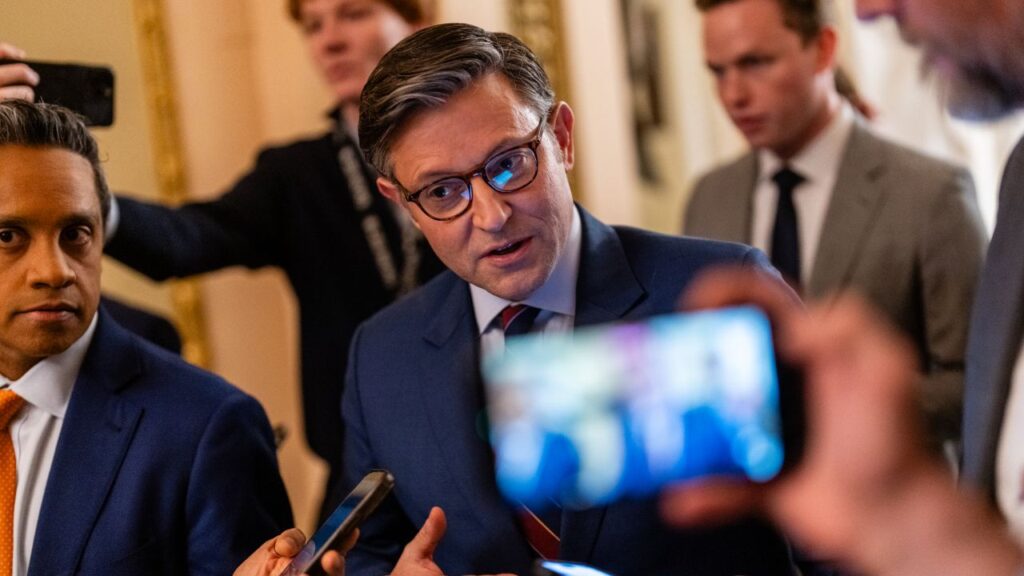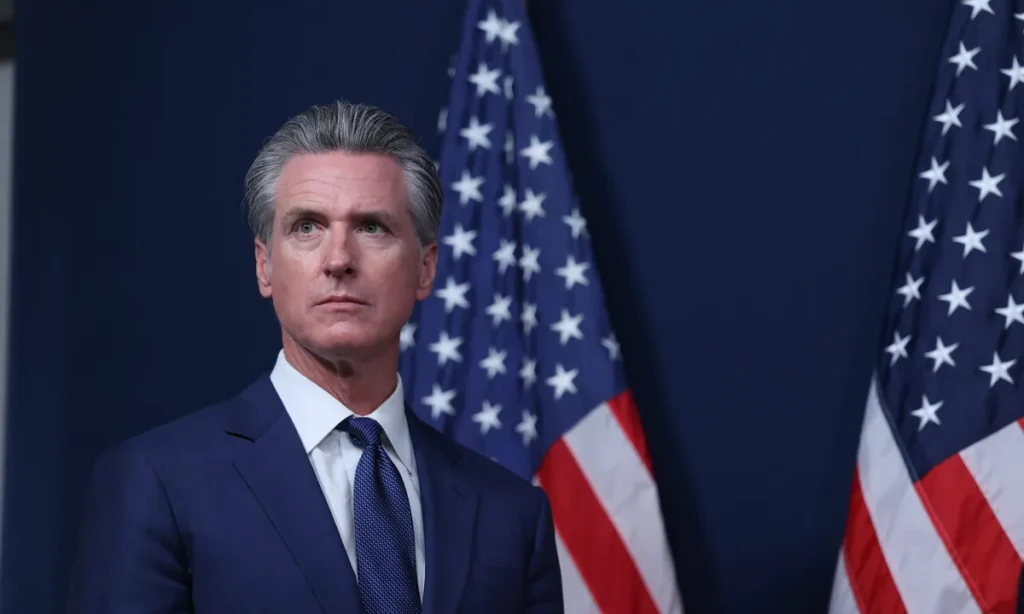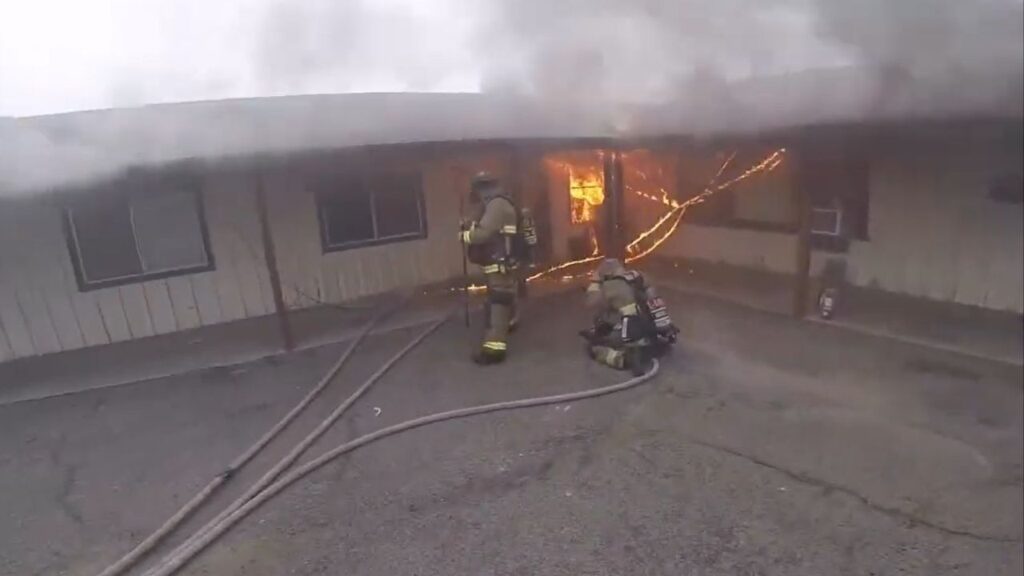In an image provided by Maxar Technologies, the Natanz nuclear enrichment site in central Iran on June 22, 2025 after American airstrikes. Iran said on Nov. 20 that it was withdrawing from an agreement to allow a resumption of international inspections of its nuclear sites. (Satellite image ©2025 Maxar Technologies via The New York Times)
Share
|
Getting your Trinity Audio player ready...
|
Iran said Thursday that it was withdrawing from an agreement to allow a resumption of international inspections of its nuclear sites. The decision came hours after a U.N. watchdog agency demanded information about the status of Iran’s enriched uranium stock and its nuclear sites that Israel bombed in June.
The International Atomic Energy Agency, or IAEA has been unable to inspect Iranian nuclear facilities ever since Israel launched a 12-day war, briefly joined by the United States, that battered Iran’s nuclear and military sites.
President Donald Trump declared that Iran’s nuclear enrichment program was “obliterated” in the brief war. But regional officials and experts remain concerned that Iran may have developed a stronger interest in secretly developing an nuclear weapon since the attacks.
In recent weeks, Rafael Grossi, the head of the IAEA, has said that while Iran does not appear to be actively enriching uranium, there has been renewed activity at some nuclear sites. Uranium enriched at low levels can be used to produce nuclear energy, but at higher levels, it can be used to make nuclear weapons.
Iran insists its nuclear program is for peaceful purposes only. But in June, before Israel attacked the sites, the IAEA passed a resolution saying Iran was not complying with its nuclear nonproliferation obligations. Iranian officials, arguing that this provided political cover for the strikes Israel launched a day later, have refused IAEA inspections ever since.
In July, Tehran formally suspended any cooperation with the U.N. nuclear watchdog.
The impasse inched closer to a resolution in September, when the two sides met in Cairo and agreed on a resumption of inspections. But even then, Iranian officials insisted it would be “unsafe” to allow inspectors to visit bombed sites.
That progress was quickly halted in October, when European countries decided to reimpose U.N. sanctions on Iran over its nuclear program. No inspections have taken place.
On Thursday, the IAEA Board of Governors passed a resolution demanding that Iran “without delay” provide information on enrichment and give access to its nuclear sites.
Instead, Iran withdrew from the Cairo agreement.
“This understanding is no longer valid and should be considered terminated,” Iran’s foreign minister, Abbas Araghchi, said in a message to the IAEA, according to the semiofficial news agency Fars.
Analysts Fear Future War
Regional analysts and officials are concerned that, without renewed inspections and assurances over the state of Iran’s nuclear program, war could break out between Israel and Iran again.
Some experts say they now believe that Iran is continuing to work on a new enrichment site known as Pickax Mountain. It has refused to give international inspectors access to that site or to any other suspected nuclear sites other than those already declared.
Last month, a 2015 deal with world powers that was intended to limit Iran’s nuclear enrichment expired, and there has been no sign of any international efforts to replace it.
France’s foreign ministry spokesperson, Pascal Confavreux, said Thursday that European countries were still looking to hold talks with Iranian officials.
But any kind of deal is unlikely without the involvement of Washington. When Iran came under attack in June, it was in nuclear talks with the Trump administration.
Iranian officials say they will not negotiate with the Trump administration without guarantees that they will not be attacked again. They also demand compensation for the damage done by airstrikes.
U.S. officials have rejected those terms.
The fate of Iran’s stockpile of highly enriched uranium, in the meantime, remains unknown. Iran says that material was destroyed or buried under the rubble of the June bombings.
But Grossi, the IAEA director, told The Financial Times last week that his agency believed that a majority of the stockpile had survived the war. Its status will remain unclear, he said, without further inspections.
—
This article originally appeared in The New York Times.
By Erika Soloman
c. 2025 The New York Times Company



















